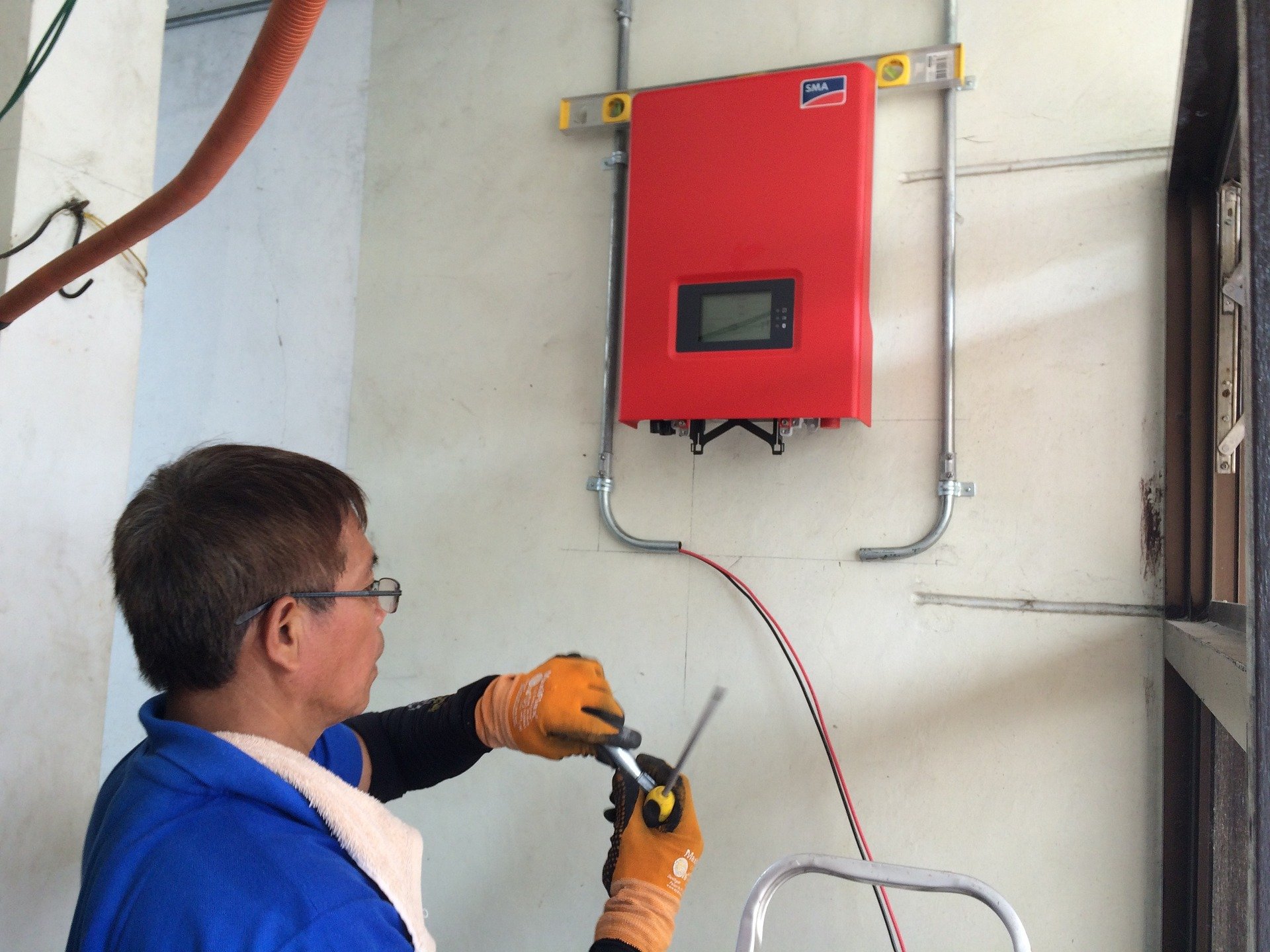Solar Panel Temperature Coefficient: Maximizing Performance
Intro To Temperature Coefficient
Ensuring the optimal performance and efficiency of solar panels is crucial for harnessing the full potential of solar energy. One key factor that significantly impacts solar panel performance is the temperature coefficient. In this article, we will delve into the concept of the temperature coefficient, how it affects solar panel performance and strategies to mitigate efficiency loss in varying temperature conditions.
What is the Temperature Coefficient?
The temperature coefficient of solar panels measures the change in their electrical output in response to fluctuations in temperature. It is typically expressed as a percentage change in power output per degree Celsius increase in temperature. There are two primary types of temperature coefficients: the temperature coefficient of voltage and the temperature coefficient of power. These coefficients quantify the panel's response to temperature variations and help evaluate their performance in different climatic conditions.
How is the Temperature Coefficient Calculated?
The temperature coefficient is calculated using specific formulas and units. It involves measuring changes in a solar panel's power output at different temperatures and comparing it to its rated power output at standard test conditions. The formula considers the panel's temperature coefficient value and the actual temperature to determine the adjusted power output. By calculating the temperature coefficient, we gain insights into how solar panels will perform in real-world conditions.
Key Takeaway: The temperature coefficient is a crucial metric that quantifies the impact of temperature on solar panel performance. Calculating it allows us to accurately assess the expected power output at different temperatures.
How to Minimize Solar Panel Efficiency Loss
Solar panels experience efficiency loss as temperatures rise, impacting their overall performance. However, several strategies can help mitigate this efficiency loss and optimize their output:
Proper Panel Installation: Correctly installing solar panels with appropriate spacing and ventilation allows for better heat dissipation, reducing the impact of high temperatures on performance.
Regular Maintenance: Routinely cleaning solar panels to remove dust, debris, and dirt can prevent heat buildup and ensure optimal efficiency.
Panel Cooling: Implementing cooling mechanisms such as water circulation or air ventilation systems can actively reduce the operating temperature of solar panels, improving their efficiency.
Maintaining Solar Panel Performance on Hot Days
Hot weather poses unique challenges for solar panel performance. To maintain optimal efficiency on scorching days, consider the following steps:
Shading Techniques: Providing adequate shading to solar panels can help regulate temperature and prevent overheating. This can be achieved through strategically placed structures or vegetation.
Cleaning and Inspections: Regularly clean panels and conduct visual inspections to identify potential issues or damage caused by excessive heat.
Monitoring and Analytics: Utilize monitoring systems to track panel performance in real time. This allows for the proactive identification of deviations and prompt action to optimize efficiency.
Solar Panel Temperature Coefficient Comparison
When selecting solar panels, it's essential to compare their temperature coefficients. Different panel technologies, such as monocrystalline, polycrystalline, and thin film, exhibit varying temperature responses. Comparing temperature coefficients enables informed decision-making, ensuring the panels align with specific environmental conditions and performance requirements.
Key Takeaways:
The temperature coefficient quantifies the impact of temperature on solar panel performance.
Calculating the temperature coefficient helps assess expected power output at different temperatures accurately.
Proper installation, regular maintenance, and panel cooling techniques minimize efficiency loss in solar panels due to temperature.
Shading techniques, cleaning, and monitoring systems maintain optimal performance on hot days.
Comparing temperature coefficients aids in selecting solar panels that align with specific environmental conditions and performance requirements.
Solar panels are designed to withstand high temperatures. Extreme heat alone does not cause panel failures.
Solar panels typically retain about 80% of their efficiency after 30 years, although degradation rates vary.
Frequently Asked Questions (FAQ)
-
Temperature derating refers to the reduction in power output of solar panels as temperatures rise. It is typically expressed as a percentage decrease per degree Celsius increase in temperature.
-
Solar panels experience a significant decrease in efficiency at 90 degrees Celsius compared to their rated efficiency at standard test conditions. The extent of efficiency reduction depends on the panel's temperature coefficient and other factors.
-
While extreme heat can impact solar panel efficiency, properly installed and maintained panels are designed to withstand high temperatures and do not fail solely due to extreme heat. However, it's crucial to manage temperature-related challenges to optimize their performance.
-
Solar panel performance gradually degrades over time. On average, solar panels retain about 80% of their original efficiency after 30 years of operation. Factors such as panel quality, environmental conditions, and maintenance practices can influence the degradation rate.
Conclusion
Understanding the temperature coefficient and its impact on solar panel performance is essential for homeowners and businesses aiming to maximize their solar energy systems' efficiency. By calculating and comparing temperature coefficients, and implementing proper installation and maintenance practices, owners can optimize the output of their system.
At ESS Solar, we recognize the significance of the temperature coefficient in solar panel performance. Our expert team ensures that your solar power system is designed and installed with careful consideration of temperature variations, helping you achieve optimal results even in challenging environments. Contact us today to explore how our solar power services can benefit your energy goals.
Remember, by leveraging the temperature coefficient and adopting best practices, you can harness the full potential of solar energy and contribute to a sustainable future.





